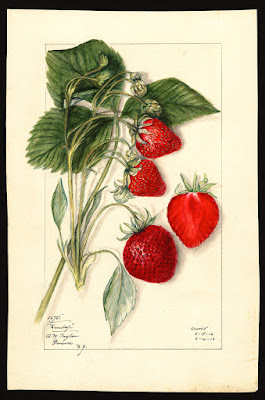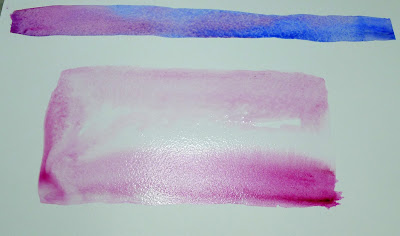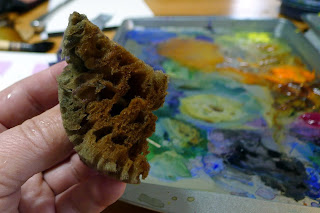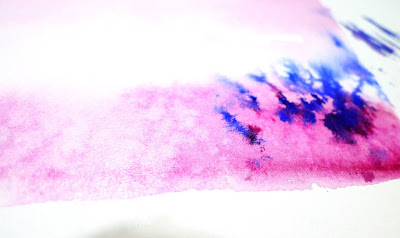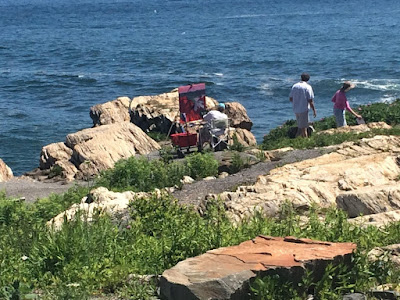If you register before Christmas, you’ll get a $50 discount for the schooner workshop or $100 off the price of the Schoodic workshop.
 |
| A coastal Maine sunset, courtesy of Claudia Schellenberg. |
My daughter Mary once said that what I really wanted for my birthday was for someone to come here and throw things out. It’s a bit of an exaggeration, but I’m not a collector.
The one thing I can always be suckered into is cooking gadgets. This is odd, because I’m a bad cook.
We fall into the gadget trap when we’re frustrated by our incompetence. A kitchen of beautiful equipment hasn’t made me a cook, and a studio full of lovely brushes won’t make someone a painter, either. A workshop is much better value for money, and it doesn’t take up space.
 |
| A schooner gam by dawn in Penobscot Bay. You don’t see that everywhere. |
The Age of Sail
June 9-13, 2019
This was so much fun, we’re reprising it for as long as
Captain John Foss puts up with us. We sail with him on the historic schooner
American Eagle out of Rockland harbor. This is a leisurely cruise along the Maine coast, sailing where the wind blows and recording our impressions in watercolor journals.
Who knows what you’ll see? I’ve done this trip four times and each one was completely different. The light, the wildlife, and the water are all constantly changing. And I’m going to teach you to catch that in your sketchbooks.
Your materials are all provided, including paints, papers, and the use of brushes. All you do is show up. Non-painting guests are welcome too. The Captain will put them to work, if they want.
 |
| Extremely al fresco lobster boil. |
The trip lasts four days and includes an evening “gam,” a raft-up of the great schooner fleet of the mid-coast region. That’s an opportunity to see these beasties up close and personal.
American Eagle is a true relic of the great days of sail power, but it’s been updated so you have a comfortable berth, fresh linens, modern heads and a fresh-water shower.
Our meals are cooked up on the original woodstove by the cook and his mate. They’re fantastic. They include a lobster bake, which might be at sea or on an empty island, depending on where we end up.
 |
| There’s no place to paint like the coast of Maine. Photo courtesy of Ellen Joyce Trayer |
August 4-9, 2019
This is my sixth year teaching from
Schoodic Institute. It’s situated right at Schoodic Point, in one of the finest locations in all of Acadia National Park—quiet, unspoiled and dramatic. The Institute was built on the site of an old naval base, so it commands the point. It’s laced with hiking paths. Its use is restricted to educational programs, so there’s none of the hustle and bustle you find elsewhere in the park. And the whole area is wild and undeveloped.
Meals, snacks, and accommodations are included in your fee. This includes a lobster boil by a local fisherman. We do morning and afternoon sessions, I demo during lunch, and then we return to the Institute for quiet camaraderie at night. There’s a critique at the end.
 |
| All media welcome. Photo courtesy of Claudia Schellenberg. |
If your partner wants to come along, he or she will find ample opportunity to hike, bike, fish, or tour in the immediate area. It’s an outdoorsman’s paradise.
Email me
here for more information. If you register before Christmas, you’ll get a $50 discount for the schooner workshop or $100 off the price of the Schoodic one.







